Books
Books
published in 2023
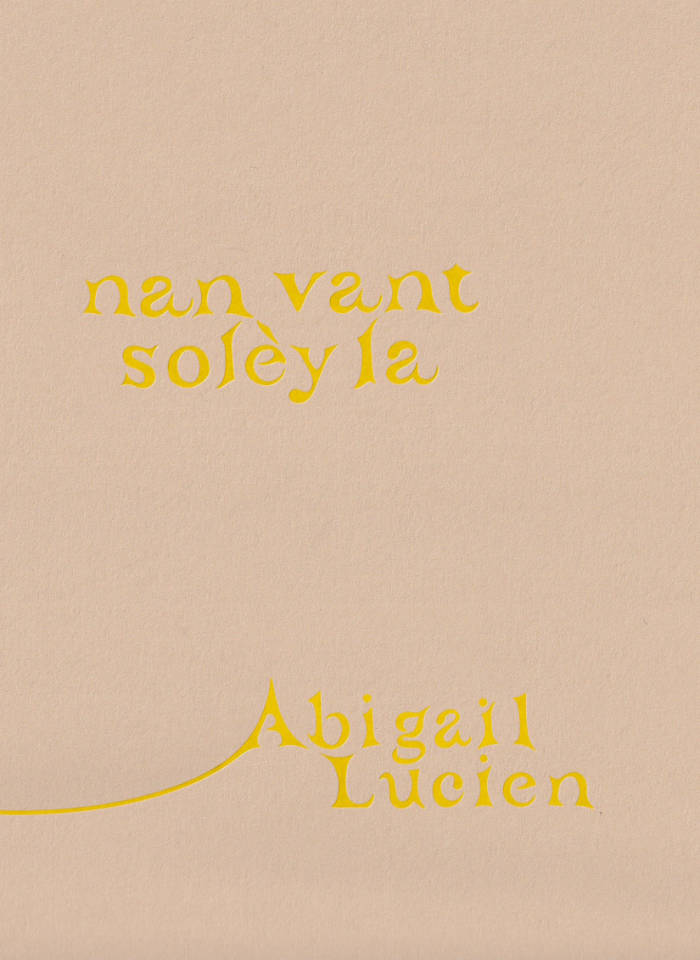
Nan Vant solèy la
Through creative nonfiction, poetry, and the printed image, the publication considers the playful and purposeful self-actualization of a bicultural queer identity while navigating grief as a landscape to address themes of (be)longing, futurity, and place. Alongside a collection of their works and research, Abigail Lucien weaves written and visual offerings by fellow Caribbean and queer artists, including works by Lukaza Branfman-Verissimo, Justin Chance, Cielo Felix-Hernandez, Sucking Salt, and Tamara Santibañez, to create an expanded context for their work rooted in friendship and radical love.
Abigail Lucien (b.1992) is a Haitian-American interdisciplinary artist, educator, auntie, lover, and friend. Working in sculpture, literature, and time-based media, Lucien’s practice addresses themes of (be)longing, futurity, myth, and place by considering our relationship to inherited colonial structures and systems of belief/care. Past exhibitions include SculptureCenter (NY), MoMA PS1 (NY), Deli Gallery (NY), MAC Panamá (Panamá), Frost Art Museum (Miami, FL), Atlanta Contemporary (Atlanta, GA), UICA (Grand Rapids, MI), and The Fabric Workshop and Museum (Philadelphia, PA). Residencies include Amant Studio & Research Residency (NY), Skowhegan School of Painting & Sculpture (Madison, ME), the Eugeniusz Geppert Academy of Fine Arts (Wrocław, Poland), The Luminary (St. Louis, MO), Santa Fe Art Institute (Santa Fe, NM), ACRE (Steuben, WI), and Ox-Bow School of Art & Artist Residency (Saugatuck, MI).
Lucien has taught as a full-time faculty member and professor in the Department of Sculpture & Extended Media at Virginia Commonwealth University and the Interdisciplinary Sculpture Department at the Maryland Institute College of Art. In the fall of 2023, they will join the Department of Art and Art History as an Assistant Professor of Sculpture at Hunter College in NYC. Deli Gallery represents Abigail Lucien.

Oraison funèbre pour Zelda1990
D’eux, il ne reste que les mots de celle qui a croisé leur route. Le crissement de pneus qui sifflent avant un malheur qui tarde à se produire. Sanctification plus que célébration, Oraison funèbre pour Zelda1990 est une tentative de communication au-delà de la matière physique de l’énonciation, un dialogue interne qui convoque « par moment le frère, par moment l’ami parti », toujours la ruine, la consommation de la séparation avec le tout. À travers quatre parties qui font écho à la structure des éloges funèbres de la Grèce antique, Romane Constant réouvre la poésie des plaies larges et profondes que les vers lapidaires d’Hélène Bessette – sur qui l’autrice mène un travail de recherche – ont laissé dans l’histoire moderne de la littérature, et signe un texte bouleversant sur la difficulté des choses qui ne (se) passent pas, la force de celles que l’on voit suspendues par le cou au bord d’une paix impossible à trouver. Oraison funèbre pour Zelda1990 est une douleur croissante, avec écoulement et rougeur.
Romane Constant vit et travaille à Paris. Elle explore à travers différents supports les questions relationnelles, d’intimité, du corps et du genre. Attachée aux Ardennes où elle a grandi, elle s’intéresse également à l’héritage de la classe ouvrière et aux traumatismes intergénérationnels.

Until Due Time, Everything Is Else
Pan Daijing, Julie Peeters and 1 more
This publication coincides with the exhibition Until Due Time, Everything Is Else by Pan Daijing. It is the sixth entry in a series of compact volumes featuring visual contributions, correspondence, responses, and conversations accompanying the Grazer Kunstverein exhibition program.
The images within this book are exerpts from a video created by Pan Daijing. This publication is intended to act as a sixth screen, aligning with a five-channel video installation on display in Until Due Time, Everything Is Else at Grazer Kunstverein.
Editor: Tom Engels
Image: Pan Daijing
Graphic Design: Julie Peeters

Radical Intimacy
An impassioned discussion about the alternative ways to form relationships and resist capitalism.
Capitalist ideology wants us to believe that there is an optimal way to live. 'Making connections' means networking for work. Our emotional needs are to be fulfilled by a single romantic partner, and self-care equates to taking personal responsibility for our suffering. We must be productive and heterosexual, we must have babies and buy a house. But the kicker is most people cannot and do not want to achieve all, or any of these life goals. Instead we are left feeling atomised, exhausted and disempowered.
Radical Intimacy shows that it doesn't need to be this way. A punchy and impassioned account of inspiring ideas about alternative ways to live, Sophie K Rosa demands we use our radical imagination to discover a new form of intimacy and to transform our personal lives and in turn society as a whole.
Including critiques of the 'wellness' industry that ignores rising poverty rates, the mental health crisis and racist and misogynist state violence; transcending love and sex under capitalism to move towards feminist, decolonial and queer thinking; asking whether we should abolish the family; interrogating the framing of ageing and death and much more, Radical Intimacy is the compassionate antidote to a callous society.

Glossolalia
Translated by Kristine Ong Muslim with an introduction by Amado Anthony G. Mendoza III.
Feverish from the engrossing revelatory arcs of the uncanny, Glossolalia is a mind-bending foray into the twisted underlying logic of material reality and a rip-roaring romp through Philippine urban legends, psychogeography, and the uncomfortable, often seedy aspects of music, cinema, and art. Marlon Hacla—who is a computer programmer as well as a poet and created the first robot poet in Filipino, Estela Vadal—is a significant innovator in the Philippine poetic tradition. As Amado Anthony G. Mendoza III notes in his introduction, Hacla “eschews the spare language, subtle imagery, and quietism featured in most contemporary Philippine poetry. Hacla’s poems, especially here in Glossolalia (and in its informal sequel Melismas), read like an unapologetic statement against the New Critical tradition that has been pushing its weight in the Philippine literary scene for more than half a century.” This collection of relentless, densely layered prose poems is the third of Hacla’s books to be translated into English by Kristine Ong Muslim.
Marlon Hacla is a poet and artist living in Quezon City, Philippines. His first poetry collection, May Mga Dumadaang Anghel sa Parang (Manila: National Commission for Culture and the Arts, 2010), was published as part of UBOD New Authors Series II. His second book, Glossolalia, was published by High Chair in 2013. Kristine Ong Muslim’s English translations of his books are Melismas (Oomph Press, 2020), There Are Angels Walking the Fields (Broken Sleep Books, 2021), and Glossolalia (Ugly Duckling Presse, 2023).

My Homies
Published on occasion of Arnaud Eubelen’s solo exhibition My Homies, curated by Jeanne Mouffe presented by Medusa. Enveloped with a poem by Romain Beaudot, the publication, intended to complement the exhibition, traces Arnaud’s footsteps to the conception of his trash-to-treasure practice.
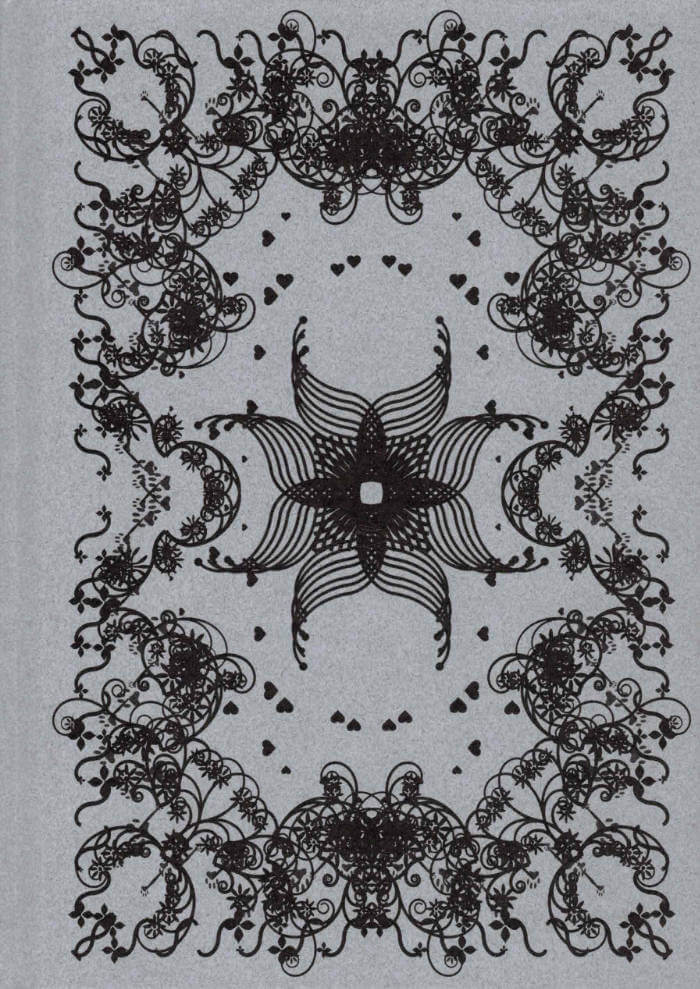
Of Planters; an Herbarium
Published in tumult of “Planters, a garden show” by COUR: with Noëmi Orgaer, Orson Van Beek, Charlotte Bombel, Moreno Schweikle, Shun Yoon, Yen Proesmans, Benny Van den Meulengracht-Vrancx, HansWuyts, Malte van der Meyden, Fritz Adamski, Hannah Kuhlmann, Delphine Lejeune, Grażyna Mielech and Giseok Kim.

Image Storage Containers
Ostensibly as documentarian as his work on The Family of Man, Image Storage Containers (2012) does something closely related in intention to the latter and yet very different. On one level, it can be described as condensing, as Marie Muracciole has noted, two moments in the myth of photography as a “universal language”: the first involving The Family of Man as imperial project; the second, photography’s sheer technicity as a mechanical means of reproduction, with all its attendant connotations ofobjectivity and scientificity.
Atop this interfolding of meanings one can discern two additional layers: the Image Storage Container as a kind of “thought experiment,” an auto-pedagogical exercise to schematize the human nervous system, and, a more polemical read, as a proposition about the present conditions for viewing photographs within today’s networked image regime—at a moment when computer technologies, themselves predicated upon neuroscience findings on human perception and cognition, have precipitated a mass transformation of psycho-social behavior.
With contributions by Michael Baers.

Le Soleil et l’Acier
Le Soleil et l’Acier est un recueil de textes assemblé par Laurianne Bixhain lors de clubs de lecture qui se sont tenus pendant sa résidence au Musée de l’imprimerie et de la carte à jouer de Grevenmacher (Luxembourg). Pour faire écho au travail de Monique Wittig, Roxanne Maillet a dessiné de nouvelles ligatures pour la Baskervvol, notamment une ligature « je ».

Aisopika Aesopica
The bilingual book ‘Aesopica’ documents and extends Rūta Junevičiūtė’s research on the Aesopian language and the influence of political censorship to contemporary collective body, first presented in 2020 as the eponymous solo exhibition at the National Gallery of Art and as a permanent outdoor installation at the Rupert Art Center, Vilnius.
Taking as a starting point the historical phenomenon of Aesopian language, which was widespread in Lithuanian culture during the Soviet era, and in parts of the Russian Empire as early as the 19th century, Junevičiūtė aims to investigate the interrelationship between generations, the gray zones of collective identity creation and the processes of (un)censoring the archives of our bodies.
Aesopian language – a term coined after Ancient Greek fabulist Aesop (gr. Aísōpos), is a type of cryptic communication system, where a text has several layers of meaning often contradictory to each other and which seek to convey official and subversive hidden meanings simultaneously. It is usually employed under conditions of omnipresent state censorship to communicate officially forbidden or taboo subjects and opinions. As a system it contains three members – an author, a censor, and a reader. It uses various modes of circumlocution and euphemisation, innuendo and poetic paraphrasing, which can also be seen as an aesthetic style. It has been advocated for artistic benefits as poetics of omissions, concealment, and travesty. On the other hand, it has been criticized as a sign of conformity and humiliation. In Lithuania, after the fall of the Soviet Union, it has been popularly regarded as a position of dissent, but such an interpretation received criticism from contemporary scholars. “Such a mode of expression is probably as old as censorship itself” – a historian told us.
Text contributors: Alfonsas Andriuškevičius, Edgaras Gerasimovičius, Rūta Junevičiūtė, Goshka Macuga, Anastasia Sosunova, Grėtė Šmitaitė, Tomas Venclova, Ana Vujanović
Language editors: Dangė Vitkienė, Aira Niauronytė, Gemma Lloyd
Translators: Alexandra Bondarev, Erika Lastovskytė, Justinas Šuliokas, Mantė Zagurskytė-Tamulevičienė, Aistis Žekevičius.
Illustrations: Rūta Junevičiūtė.

Movement Research Performance Journal
Issue #58/59
Lauren Bakst, Sorour Darabi and 1 more
Movement Research Performance Journal #58/59, explores notions of performance as “research”—a word intrinsic to our parent organization and its long history of supporting process over product. Contributing editors Sorour Darabi, Lauren Bakst, and Niall Jones, delve into themes of research, care, pedagogy, and protest in dance and performance across artistic and educational institutions.

Pinko Magazine Issue 3
This third print issue contains Pinko's editorials on trans eradication and Palestinian survival, essays about black lesbian sex writing, consent and its limits, the end of sexual liberalism, and a presentation of imbrication theory, plus a roundtable on political violence, an interview from Pinko's book After Accountability, and a memorial to the gay socialist publisher Jeffrey Escoffier. Illustrations by the artist KT Pe Benito grace this issue.

Feminine Hijinx
Already a member of The Feminist Writers’ Guild and one of the principal founders/proponents of the New Narrative movement, Dodie Bellamy published her first book with Hanuman Books in 1991. Feminine Hijinx brings together two long pieces, "Complicity" and "The Debbies I Have Known", along with a new introduction by the author, written for this reissue.
Dodie Bellamy (b. 1951) is an American writer, journalist, and educator, most often associated with the New Narrative movement. She is the author of The Letters of Mina Harker, Cunt-ups, Pink Steam, The TV Sutras, and co-edited Writers Who Love Too Much: New Narrative Writing 1977–1997 with Kevin Killian.
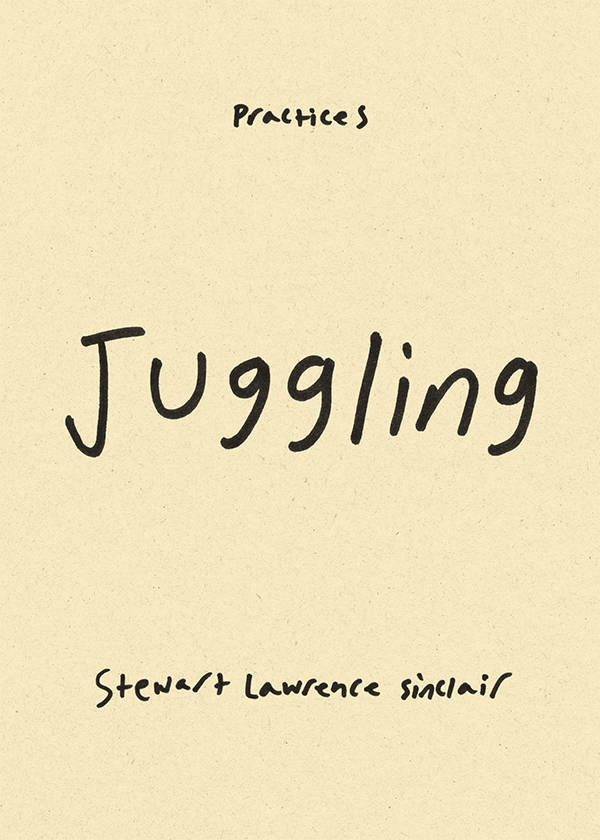
Juggling (Practices)
In Juggling , Stewart Lawrence Sinclair explores the four-thousand-year history and practice of juggling as seen through his life as a juggler. Sinclair—who learned to juggle as a child and paid his way through college by busking—shares his experiences of taking up juggling after an episode of suicidal ideation, his time juggling on the streets, and ultimately finding comfort in juggling during the COVID-19 pandemic. In many ways, this is a book about loss and recovery. From his own juggling story to clowns braving military checkpoints in Bosnia and Rwanda to perform in refugee camps to contemporary avant-garde performances, Sinclair shows how the universal language of juggling provides joy as well as a respite from difficulties during hard times.

Ever Gaia
James Lovelock, Hans Ulrich Obrist
The most accessible introduction to the life and work of James Lovelock, and a guide to address today's "polycrisis."
There is no creation of the future if we do not sustain, at root, an intuition for invention. No one understood this better than James Lovelock, the most significant scientific thinker since Charles Darwin.
Over the course of his career, Lovelock set the terms by which we've come to understand life—biologically, societally, poetically—in the twenty-first century. He helped NASA complete missions to Mars and the moon; he invented devices that revealed the presence of harmful chemicals in the Earth's atmosphere, inspiring Rachel Carson to write Silent Spring; and he formulated the Gaia hypothesis, the deceptively simple idea that our planet could be viewed as a single self-regulating organism—everything entangled, everything acting upon everything else.
In September 2015, Hans Ulrich Obrist traveled to Dorset to visit Lovelock at his seaside cottage, where they spent nine hours discussing garden cities, frozen hamsters, rising temperatures, tiny widgets, the Space Age, the birth of modern science, the agonies of institutions, and the future of humanity. Ever Gaia presents this conversation as a celebration of Lovelock, who died in 2022 at 103, alongside contributions from two future pioneers of Gaia: Daisy Hildyard and Precious Okoyomon. As another of Lovelock's heirs, Tim Lenton, writes in his afterword, this encounter was pivotal in Lovelock's late intellectual life and, at the start of 2023, provides a guide—by way of Lovelock's Gaian approach—to address today's "polycrisis."
Ever Gaia opens the second season of isolarii as a tribute not just to Lovelock but to the late Bruno Latour, who introduced the series when we launched it two years ago. The second volume of a trilogy that started with the release of The Archipelago Conversations in 2021, Ever Gaia is the most accessible introduction to the life and work of Lovelock, whose way of seeing—"perhaps his greatest legacy," Obrist writes—will continue to shape our world and our place within it for decades to come.
.jpg)
Charismatic Spirals
Charismatic Spirals is for an America circa 2024, where poetry—the art of developing new means of speaking—has never been of such artistic, technological and political consequences.
An archetypal outsider, Will Alexander released his first poetry collection aged forty-four while working at the Los Angeles Lakers' ticket office. Three decades on, he has ascended to the legendary status of the city's great living surrealist, existing, as Eliot Weinberger wrote, in a state of "imaginal hyperdrive," with forty such collections to his name.
Operating at the edge of language, Alexander deploys words in a way that feels prophetic—human psyches synthesize with technological artifacts; atoms and archetypes collide; bodies are vacated, voices are newly incarnated. His America—like Glissant's—is multinational and—like Coover and Spiegelman's—multivalent and symbolically unstable. That is to say, he belongs to an America circa 2024, where poetry—the art of developing new means of speaking—has never been of such artistic, technological, and political consequence.
In doing so, Alexander draws from a vast array of influences, from luminaries like Aimé Césaire, Bob Kaufman, Andre Breton, Antonin Artaud, and Philip Lamantia, to holistic visions such as Sri Aurobindo's Integral Yoga, the Mayan numerical system, and Cheikh Anta Diop's perspectives on ancient Egypt. In a preview of Charismatic Spirals in the New York Times, Anne Boyer captured the essence of his work: "visionary poetry [that] achieves its effect through sound, not image...Cadence [that] can shatter us, set the world ablaze."
Read it syllabically, surf it quickly—there is no single way to approach this work.
Will Alexander (born 1948 in Los Angeles) is an African-American artist, philosopher, poet, novelist, essayist and pianist.

Christopher D’Arcangelo
Despite having been active for only four years before passing away at the young age of twenty-four, Christopher D’Arcangelo (1955–1979) is a key, though lesser-known, figure of 1970s Institutional Critique in New York City. Even generations later, D’Arcangelo’s singular approach remains wholly unique in its radicality and generosity. This first estate-approved monograph illuminates his momentous practice after many decades of limited access to the materials surrounding it.
The publication also includes new contributions from figures who have punctuated D’Arcangelo’s practice—such as Peter Nadin, Daniel Buren, Louise Lawler and Janelle Reiring—as well as photographic contributions by artist Heji Shin and a new text by Nicholas Martin.

A Book Knot Book
A Book Knot Book is a 208 pages long performance, the first from the research and publishing initiative Body Text. In this study of language in action systems of meaning-making crash, sparkle and swoon. In a playful voice over A Book Knot Book self-reflects on the materialities and choreographies of publishing, reading and writing. With guest stars in fragments; Monique Wittig, Yvonne Rainer, Cristina Rivera Garza, Amiri Baraka, Will Rawls, David Abram, Thich Nhat Hanh and more.
Edited and designed by Sara Kaaman. Published with the support of Stockholm University of the Arts.
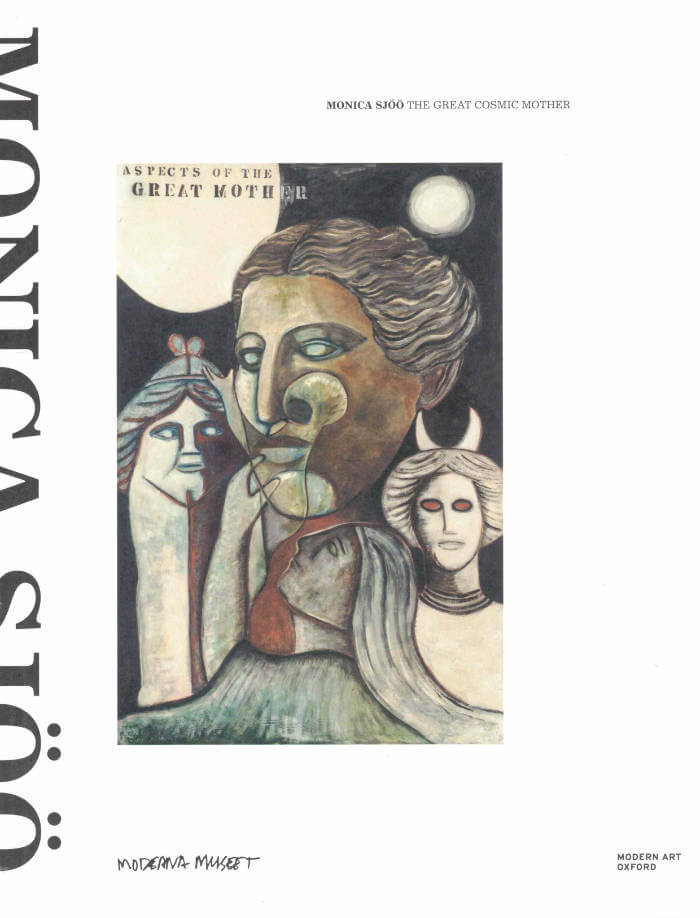
The Great Cosmic Mother
As a pioneer of feminist art and female spirituality, Sjöö began producing images that sought to express her growing resentment for social injustices.
Later works speaks to ancient knowledge and belief systems, drawing imagery from pagan sites and female symbols of the past, reflecting her lifelong research into ancient matriarchal cultures.
The catalogue traces the artist’s deep commitment to gender and environmental justice.
Contributions by Amy Budd, Jennie Klein, Olivia Plender, Jill Smith, Lucy Stein, Monica Sjöö, Amy Tobin, Jo Widoff, Annika Öhrner
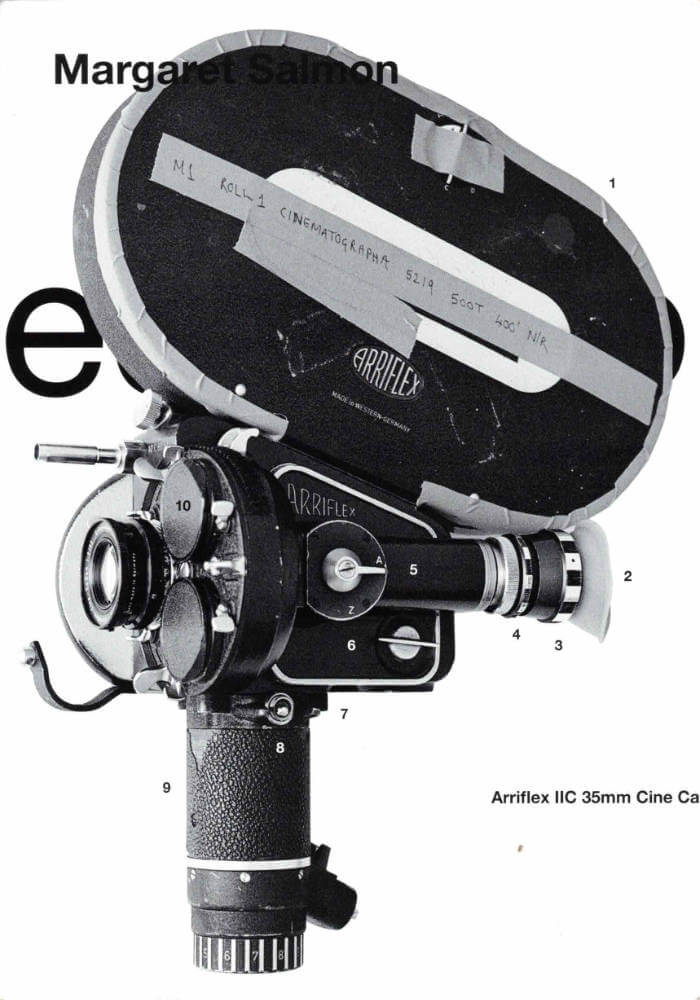
Cinematographa
Conceived by artist and filmmaker Margaret Salmon, this publication is a tribute to a group of innovative sister cinematographas and to the analogue motion picture camera. The book pairs an enquiry into women’s filmmaking practice with a comprehensive survey of experimental analogue technique across generations.
Nine filmmakers – Peggy Ahwesh, Betzy Bromberg, Rose Lowder, Babette Mangolte, Rhea Storr, Deborah Stratman, Alia Syed, Malena Szlam and Salmon herself, speak about the ways they use and think about their cameras, sharing technical knowledge and reflections on camera work to reveal their creative philosophies and intentions.
Included with the book is a separate manual: “An Artists' Guide to Analogue Cinematography”. This learning pamphlet was written and photographed by Salmon, and includes step by step instructions to the loading and basic use of three cine cameras.
Texts: Peggy Ahwesh, Betzy Bromberg, Rose Lowder, Babette Mangolte, Margaret Salmon, Rhea Storr, Deborah Stratman, Alia Syed, Malena Szlam
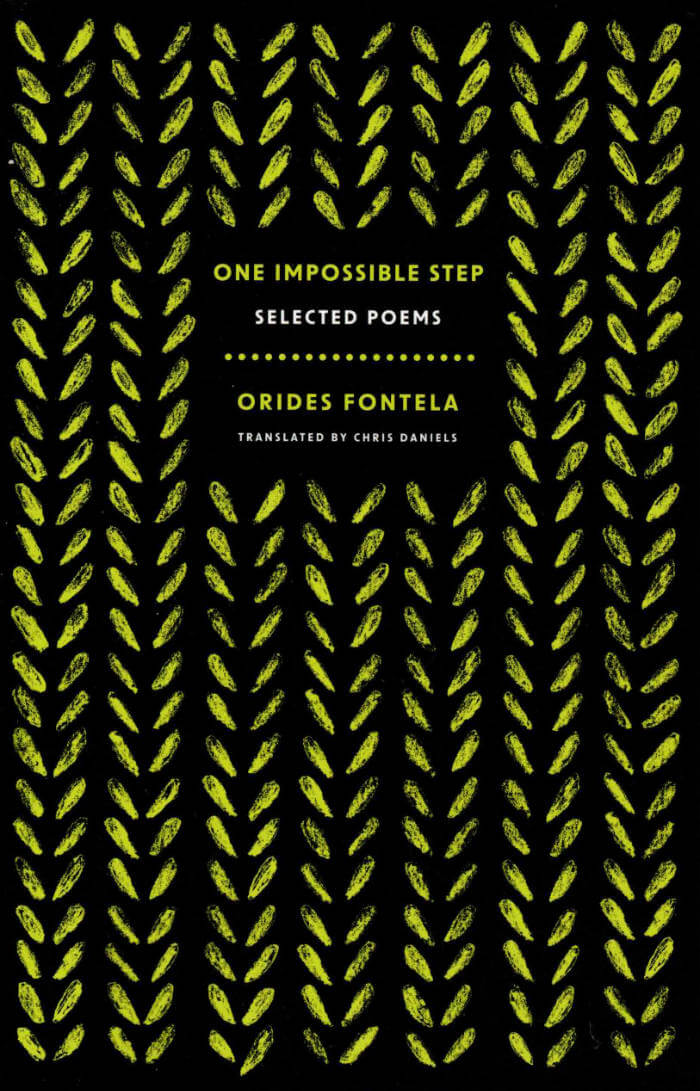
One Impossible Step
A selection of extraordinarily condensed, emotionally complex, philosophical poems by a unique and highly regarded 20th-century Brazilian poet.
In her lifetime, Orides Fontela resisted all labels, all attempts to situate her work in a particular movement, school, tendency, or tradition. Here, in her first ever English-language collection, Fontela’s poetry continues to defy easy categorization. In these concise, meditative poems, Fontela’s bird and flower, water and stone, blood and star can be read as symbols, indicating a possible tendency toward mysticism. Including an illuminating statement of poetics and excerpts from her often acerbic interviews, One Impossible Step introduces English-language audiences to an iconoclast who remains one across languages and decades.
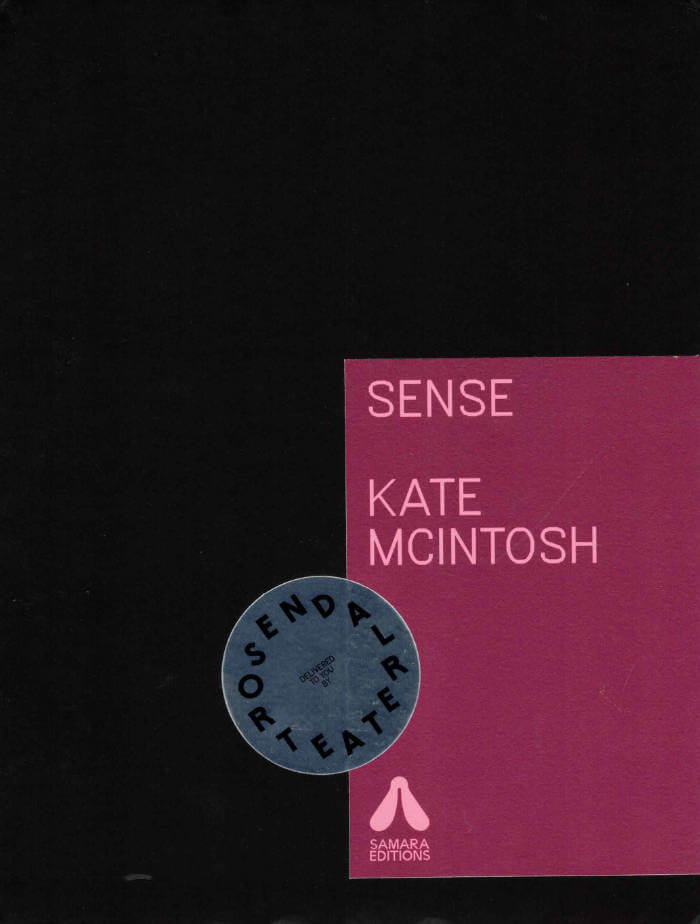
SENSE
Sense is a box of simple actions to try whenever you like. The Sense box contains three separate proposals - each one is unique and to be experienced independently from the others. The three parts are: a scent that confuses the wearer about their species, a ritual that turns the heart into a spray of lights, and a card game to start unexpected interactions among unknown hands. Sense is a subtle collection of sensory stimulants that are designed to open and rearrange perception of everyday events. Discover this box in your own time, and share with whoever you like. Take elements of it on your travels and try them with as many people as you can - the more friends and strangers do it, the more intriguing it can be.
Kate McIntosh creates work in a variety of different media, such as performance, theater, video and installation. Both humor and the link with science and experimentation are elements that frequently pop up in Kate’s work. Her practice is guided by her ongoing fascination with with misusing objects, and creating playful relations between spectators.

Secession / Charlie Prodger
Charlie Prodger works across moving image, writing, sculpture, drawing and printmaking. Through the prism of queer subjectivity, her work explores intertwined relations between the body, landscape, language, technology and time. To accompany her exhibition and the presentation of the complete film trilogy—Stoneymollan Trail, BRIDGIT, and SaF05—a book with a substantial essay by Sarah Hayden is released in Secession’s publication series.
The London-based author and associate professor of literature and visual culture analyzes the significance of voice and voiceover in Prodger’s video works. For the book, the artist has created a series of image pairings of production photos and video stills from the final part of the trilogy, SaF05.

National Letters: Languages and Scripts as Nation-building Tools
National Letters is the first book published by Letter Books. National Letters travels through the episodes of the past in which letters, languages, and scripts played an important role in creating nation-states and national identities. Through four case studies (Turkey, Israel, Georgia, Ethiopia), the main body of the book explores four languages and nations which were each, against all odds and for various reasons, able to develop and maintain their writing system throughout their entire history, up to the founding of their nation-state.
Edited and Designed by Marek Nedelka
Contributions and texts by Rusudan Amirejibi–Mullen, Ivo T. Budil, Birol Caymaz, Tomáš Garrigue Masaryk, Marek Nedelka, William Safran, Emmanuel Szurek
Postcard letterings by Jan Horčík, Seb McLauchlan, Anežka Minaříková, Jan Novák
Translations by Ian Mikyska and Sam Mackay
Copy-editing and proofreading by Aren Ock
Co-published with UMPRUM (Academy of Arts, Architecture & Design in Prague)